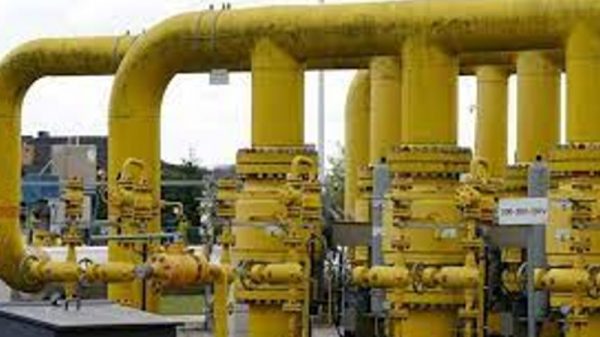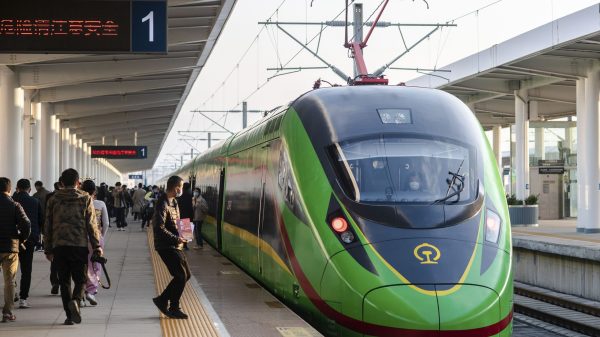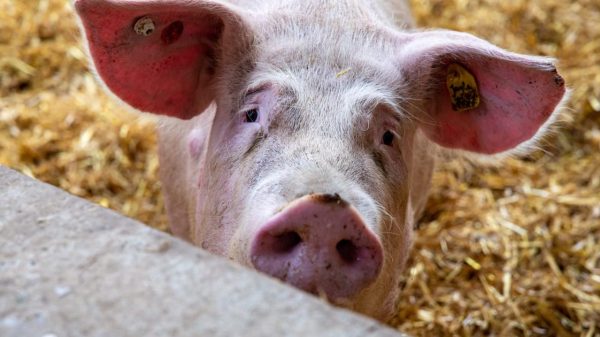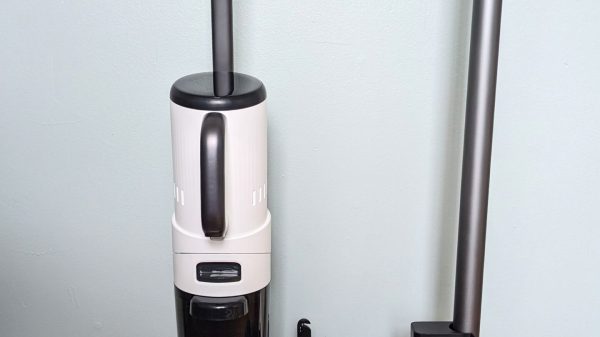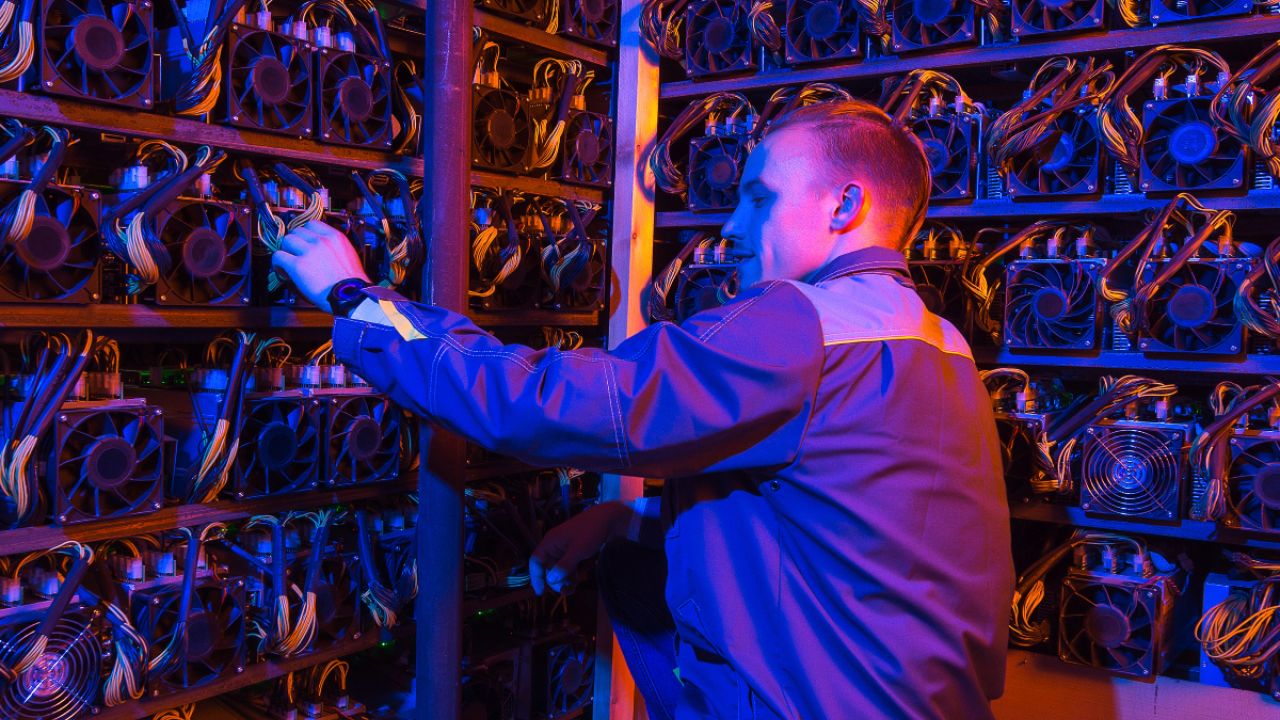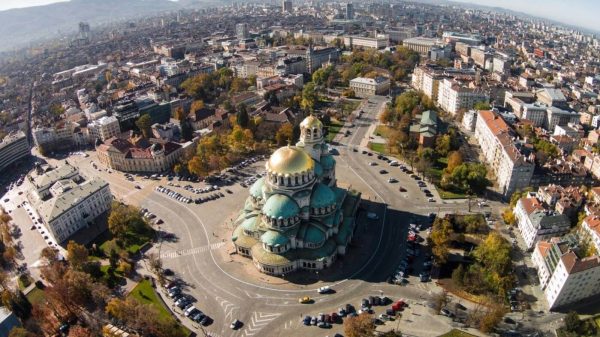There are many cryptocurrencies out there, and their mining methods vary just a little bit. Crypto mining puts new coins into circulation and verifies the transactions that are already happening.
It checks for fake bills and double spending with cryptography. Before we can understand mining, we need to know how the blockchain works.
Let’s say you use bitcoin to buy furniture. What will you do? Just put the item you want to buy in your shopping cart and pay for it with bitcoin.
Behind the scenes, your transaction joins other entries waiting to be verified in the verification queue and is added to the next block. This new block will continue to take entries until it is full.
The miner gets paid when he or she makes a block and checks the transactions in it. After all, they use their resources (read: electricity, equipment, etc.) to solve hard math problems in order to add your transaction to the blockchain.
This “complex math problem” is about finding a hash, which is a 64-digit hexadecimal number.
Most of the time, the reward is given in the cryptocurrency itself. But not every miner gets paid. The reward goes to the first person who comes up with the right hash. Some people only get a bill for their electricity.
So, the process is risky and sometimes pays off. And if you don’t have a powerful computer, it can be a waste of time.
One company resolving the issue is Mecobit, with a new range of cost-effective yet powerful crypto-mining computer packages. Their Mecobit M100 Miner, Mecobit M200 Miner and Mecobit Meco-Rack are all powerful yet competitively priced, all have high power and excellent hash rates, and all work equally well mining both Bitcoin and Ethereum.
These would appear to be simple, environmentally friendly, and cost-effective methods of entry into the world of crypto mining.













